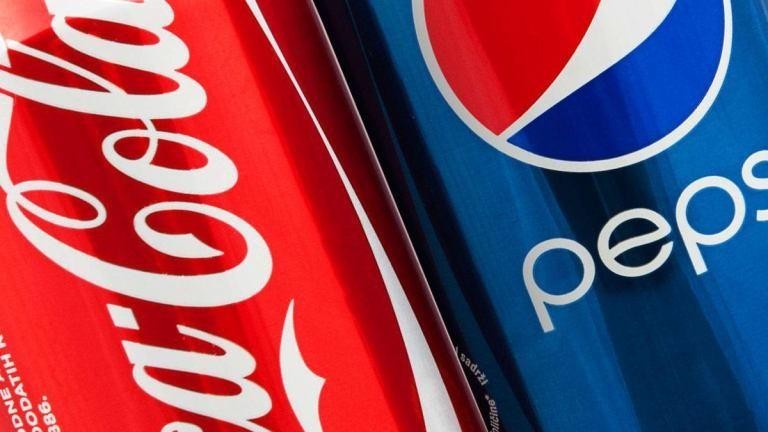Comparative advertising, a marketing strategy where a company directly or indirectly compares its products or services to those of its competitors, can be a powerful tool for building brand awareness and driving sales. This article explores the “why” and “how” of comparative advertising, examining its benefits and showcasing successful examples from major brands.
The Power of Comparison: Why Companies Choose Comparative Advertising
The core purpose of any marketing strategy is to communicate value. Comparative advertising achieves this by positioning a product or service as superior to the competition. Instead of simply stating “Our perfume smells good,” a comparative ad might claim, “Our perfume smells better than theirs.” This direct comparison provides a concrete reference point for consumers, allowing them to quickly grasp the product’s advantages.
Leveraging the familiarity of competitor brands, comparative advertising allows businesses to capitalize on existing market awareness. A lesser-known perfume brand gains credibility by comparing itself to an established name, capturing consumer attention and potentially converting them into customers.
Humor often plays a key role in comparative advertising, making messages more memorable and shareable. While entertainment should never overshadow the core value proposition, a well-placed joke can significantly enhance an ad’s impact, as demonstrated by Wendy’s playful jabs at McDonald’s.
Mastering the Art of Comparison: Examples of Effective Strategies
Numerous brands, across various media, have successfully employed comparative advertising. While not every company possesses the resources of industry giants, analyzing their strategies provides valuable insights for businesses of all sizes. A key takeaway is the consistent focus on highlighting competitive advantages.
Tech Titans: Apple vs. PC and Samsung vs. Apple
Apple’s iconic “Mac vs. PC” campaign humorously personified the two computer systems, portraying Mac as cool and collected while PC was depicted as clumsy and virus-prone. This campaign effectively communicated Mac’s user-friendliness and reliability.
Samsung, in a clever ad for the Galaxy II, showcased iPhone users impressed by the Galaxy’s features, subtly highlighting its superiority without directly mentioning Apple by name. The tagline, “The next big thing is already here,” boldly positioned Samsung as the future of smartphones.
Telecom and Insurance: Verizon vs. AT&T and Allstate vs. Everyone Else
Verizon’s pre-smartphone era ad cleverly used a coverage map comparison to emphasize its superior 3G network over AT&T’s, with the memorable tagline, “There’s a map for that.”
Allstate’s “Mayhem” campaign, while not explicitly naming competitors, uses personified chaos to highlight the risks of choosing “cut-rate insurance,” implicitly positioning Allstate as the safer and more reliable option.
Food Fights: Miller Lite vs. Bud Light and Wendy’s vs. McDonald’s
Miller Lite directly countered Bud Light’s claim of a healthier beer by highlighting superior taste, emphasizing that “A little taste trumps a lot of less.”
Wendy’s consistently uses social media to poke fun at McDonald’s frozen beef, reinforcing its own commitment to fresh beef with humorous and timely tweets.
Subtle and Direct Comparisons: Dove and Popeyes
Dove’s ad visually compared its gentle lotion to harsh competitors using barbed wire, highlighting its caring approach to skincare without naming specific rivals.
Popeyes brilliantly capitalized on Chick-fil-A’s Sunday closure by highlighting its own availability with a simple “Open Sunday” message on a highway billboard.
Humor on Social Media: BMW vs. Mercedes
BMW’s Halloween tweet depicting a Mercedes in a BMW costume humorously asserted its brand dominance, reinforcing its superior image in a lighthearted manner.
Conclusion: The Art of Effective Comparison
Comparative advertising, when executed strategically and ethically, can significantly elevate a brand’s position in the market. By highlighting competitive advantages, leveraging humor, and focusing on clear value propositions, companies can effectively utilize comparison to capture consumer attention and drive business growth. The success stories highlighted above demonstrate the diverse range of approaches possible within this powerful marketing strategy.

